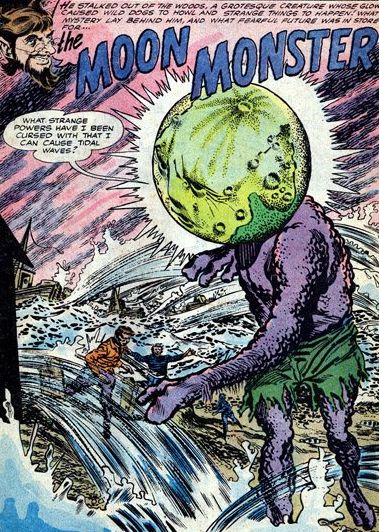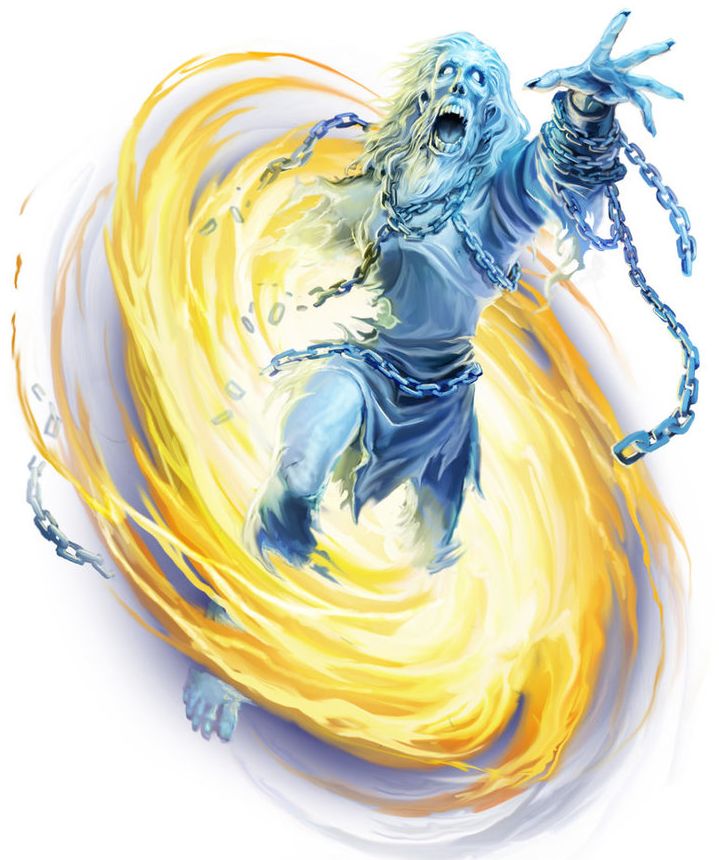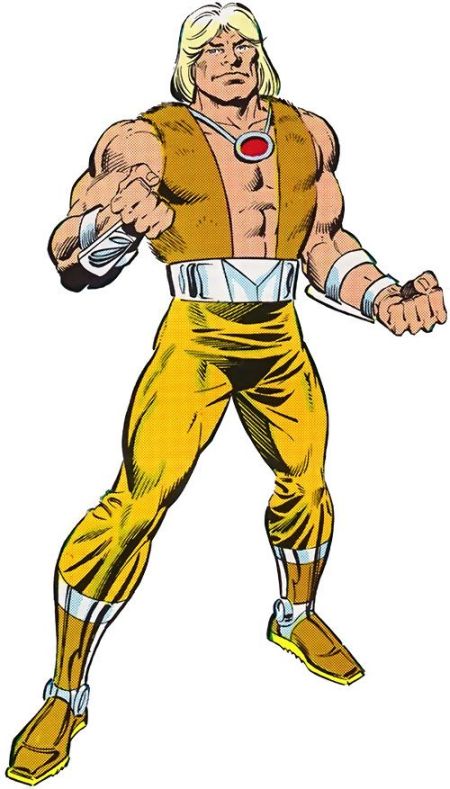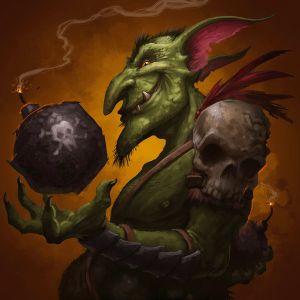Gold, Frankincense, Myrrh
And entering into the house, they found the child with Mary his mother, and falling down they adored him; and opening their treasures, they offered him gifts: gold, frankincense, and myrrh. (Gospel According to St. Matthew 2:11)
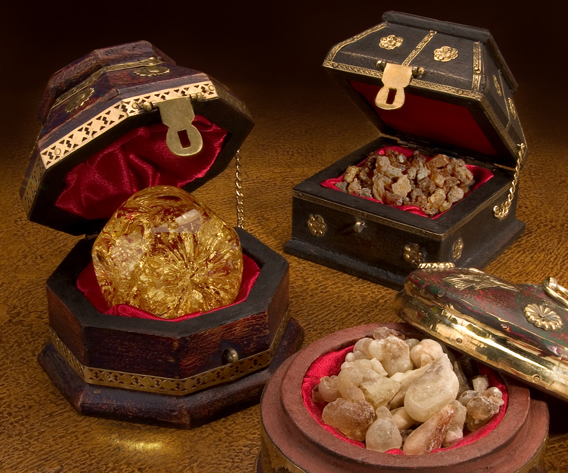
Certain materials, specially prepared and blessed or enchanted, increase the potency of spells. Gold, frankincense, and myrrh are among these materials.
Gold Tola of Command
Wondrous item, uncommon (requires attunement by a spellcaster)
This small ingot of gold weighs 1 pound and has is worth 50 gold pieces considering the value of the metal alone. The ingot has 5 plus 1d4 charges. If the ingot is used as a material component when casting an enchantment spell, you expend a number of charges equal to the spell slot used to cast the spell. This lowers the monetary value of the ingot by 5 gold pieces. Saving throws made against the spell are made with disadvantage for the affected spell’s duration.
Frankincense of Meditation
Wondrous Item, rare (requires attunement by a cleric or paladin)
This small, rectangular block of frankincense aids in preparing and casting of spells. There is enough of it for one use. When you regain expended spell slots during a long rest while inhaling the fragrant smoke from the burning frankincense, choose a number of levels of spells equal to your spellcasting ability modifier. These spells are blessed. Saving throws against a blessed spell’s effects are made with disadvantage for the duration of the affected spell. For 1 minute after casting a blessed spell, when you make an attack roll or saving throw, roll 1d4 and add the number rolled to your attack roll or saving throw.
Myrrh of Shroudlands
Wondrous Item, very rare (requires attunement by a spellcaster)
The small box or vial that contains 1d4+1 uses of this fragrant resin. The resin has three uses:
Touch of Unlife. You expend a use of the resin as a material component when casting a necromancy spell. Saving throws against that necromancy spell are made with disadvantage. Starting at the end of your turn during which you cast the spell, you have resistance to cold and necrotic damage, and you are immune to poison damage and the poisoned condition, lasting for a number of rounds equal to twice the level of the spell.
Turn Undead. You use an action to apply a use of the resin to your holy symbol. When you present your holy symbol and speak a prayer censuring the undead, each undead that can see or hear you within 45 feet of you must makea Wisdom saving throw with disadvantage to avoid being turned. The applied resin lasts for one turn attempt.
Undead Bane. You use an action to apply a use of the resin to a piercing or slashing weapon. An undead creature damaged by the weapon must make a DC 15 Constitution saving throw, taking an extra 6d10 piercing or slashing damage on a failed save, or half as much extra damage on a successful one. The type of extra damage — piercing or slashing — matches the weapon’s type of damage. Once the weapon deals extra damage to an undead, the applied resin becomes inert.
